Tag Archives: eth zurich
This machine keeps transplant livers alive for a week
 With current technology, a human liver donated for transplant can only be kept alive for 24 hours, and often, if the liver is damaged or diseased, it cannot be considered for transplant. That could soon change. Liver4Life, a Wyss Institute project, h...
With current technology, a human liver donated for transplant can only be kept alive for 24 hours, and often, if the liver is damaged or diseased, it cannot be considered for transplant. That could soon change. Liver4Life, a Wyss Institute project, h...
ANYmal Robot Has Both Legs and Wheels
Robots usually have either legs or wheels to move them around. But this unusual robot has both. Its builders say the combination provides it with greater versatility than other quadruped robots, and from the looks of the video footage engineer Marko Bjelonic shared, I’d have to agree.

PhD research Bjelonic and engineers from ETH Zurich and the CERBERUS team worked together to create ANYmal, an autonomous robot with four legs and motorized wheels at their tips. The hybrid mechanism means it can roll quickly over smooth surfaces, but also step over obstacles that might stand in its way. That means it can tackle a wider variety of obstacles than wheeled ‘bots, but move faster than walking ‘bots. It moves around a bit like a human on rollerblades.
If you’d like to dig deeper into the technology at work in the ANYmal, you can read the full paper they submitted to the 2020 iEEE International Conference on Robotics and Automation here.
New prosthetic legs let amputees feel their foot and knee in real-time
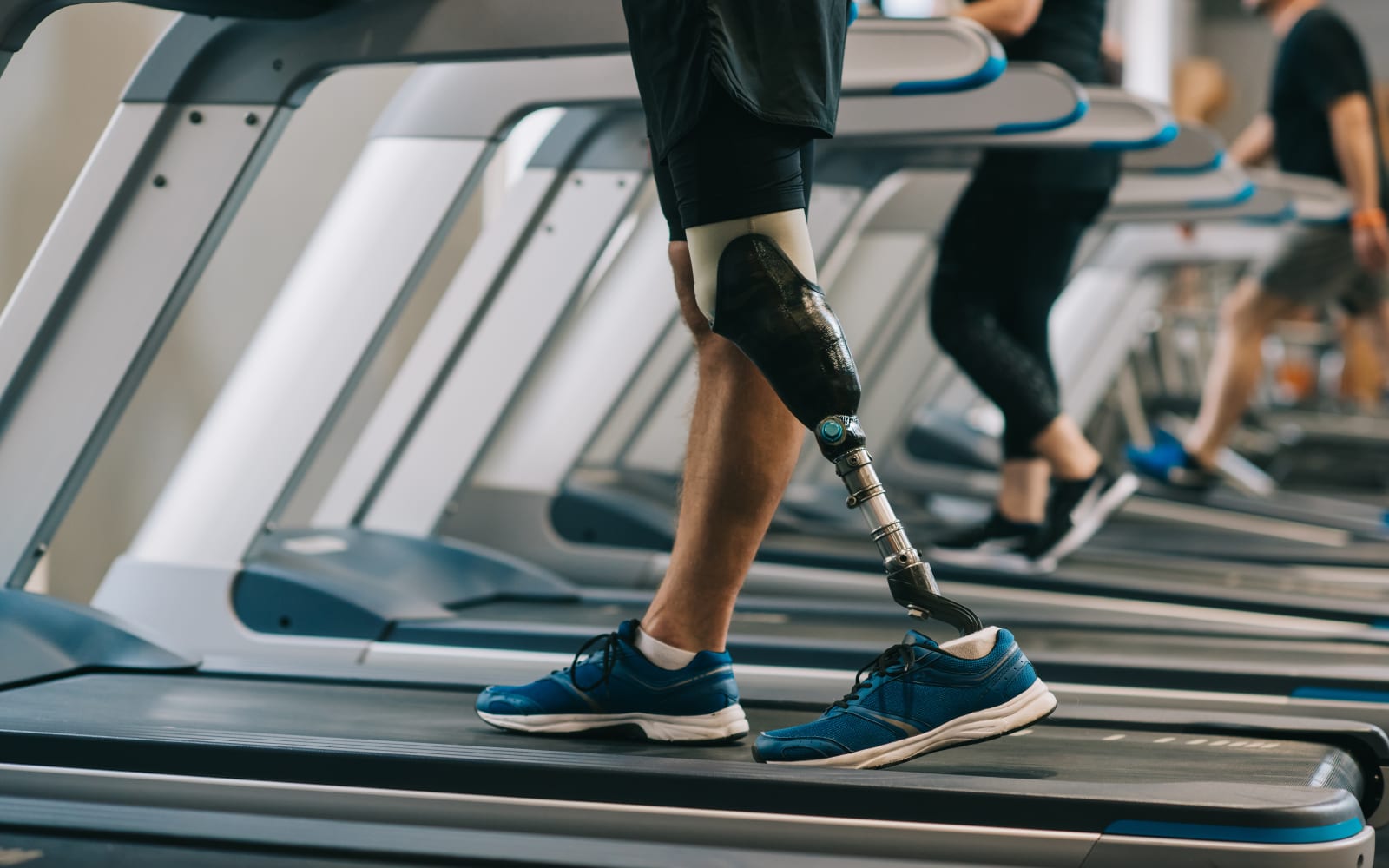 There's been a lot of research into how to give robots and prosthesis wearers a sense of touch, but it has focused largely on the hands. Now, researchers led by ETH Zurich want to restore sensory feedback for leg amputees, too. In a paper published i...
There's been a lot of research into how to give robots and prosthesis wearers a sense of touch, but it has focused largely on the hands. Now, researchers led by ETH Zurich want to restore sensory feedback for leg amputees, too. In a paper published i...
Researchers say ‘spidey senses’ could help self-driving vehicles avoid hazards
 Researchers want to give cars, planes and drones "spidey senses." That is, they want to give autonomous machines sensors that mimic nature. In a paper published in ACS Nano, a team of researchers -- from Purdue University, Nanyang Technological Unive...
Researchers want to give cars, planes and drones "spidey senses." That is, they want to give autonomous machines sensors that mimic nature. In a paper published in ACS Nano, a team of researchers -- from Purdue University, Nanyang Technological Unive...
The fire-stove that can even work in a windstorm
Made for extreme outdoor conditions, the Peakboil stove doesn’t only work in the harshest of winds, it actually is optimized to boil your liquids faster than usual. Designed by the students at ETH Zurich, the Peakboil is a 3D printed stove and jug with a specially designed burner and chimney system. A series of Venturi nozzles on the burner use localized pressure differentials to feed the flames inside the combustion chamber, which is protected from wind by high sides and a narrow top chimney. The stylized chimney walls increase the surface area, allowing more heat to be provided to the liquid within the container, increasing its temperature substantially faster than a regular stove and kettle.
The entire jug and burner system are 3D printed, to achieve their specialized design. The complex, single-piece combustion chamber couldn’t be manufactured using conventional techniques, and is only possible via additive manufacturing. Selective laser melting was used to fuse metal powder together in layers just 1/30th of a millimeter thick, and to progressively create 3D details from scratch.
Designer: ETH Zurich
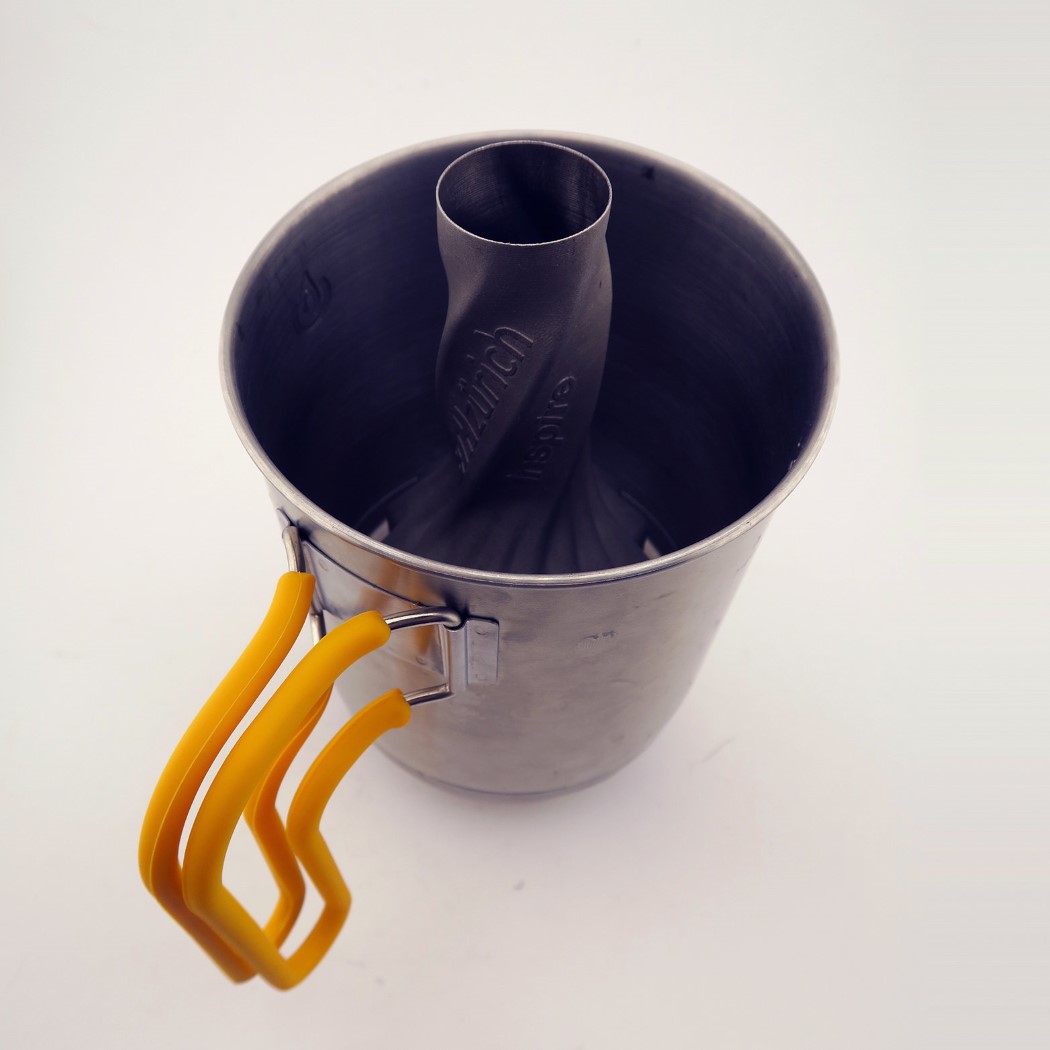
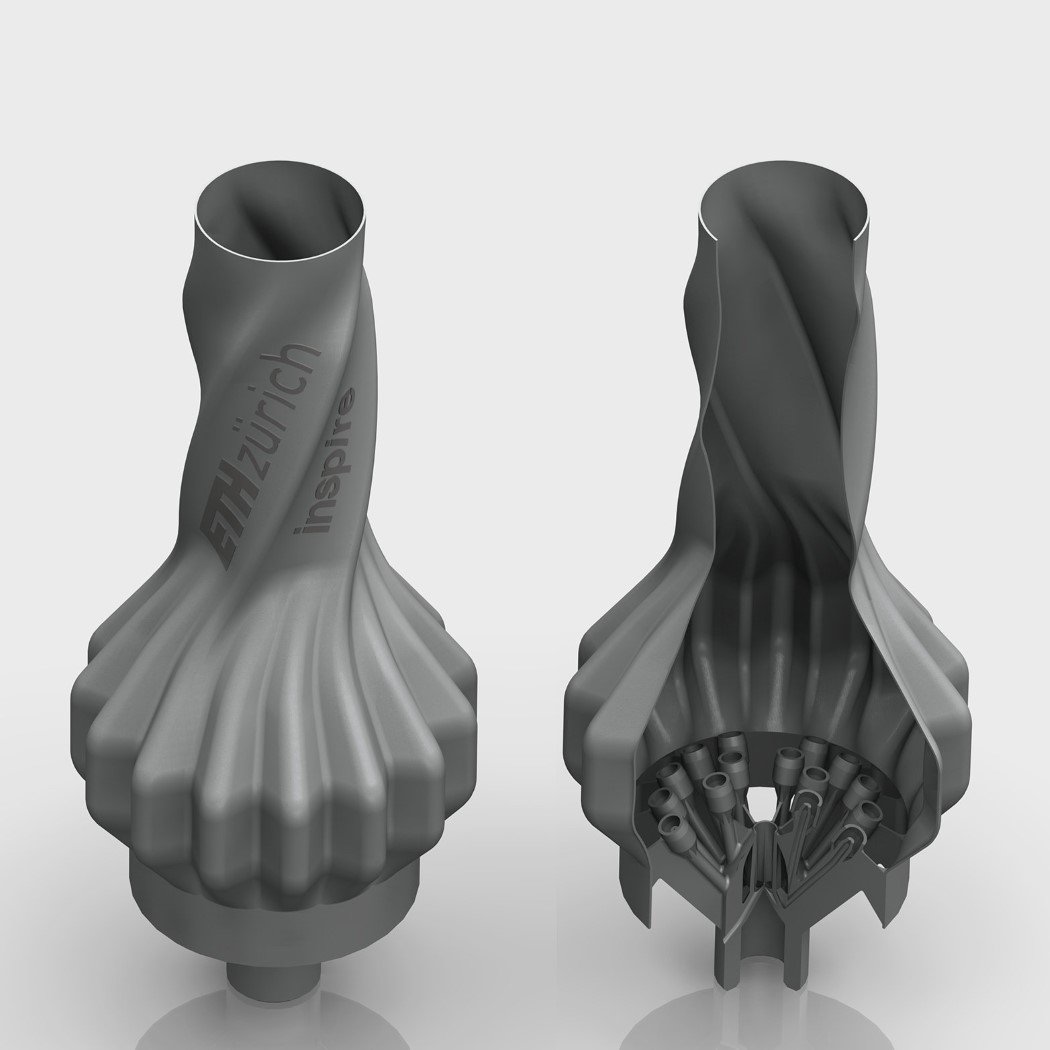
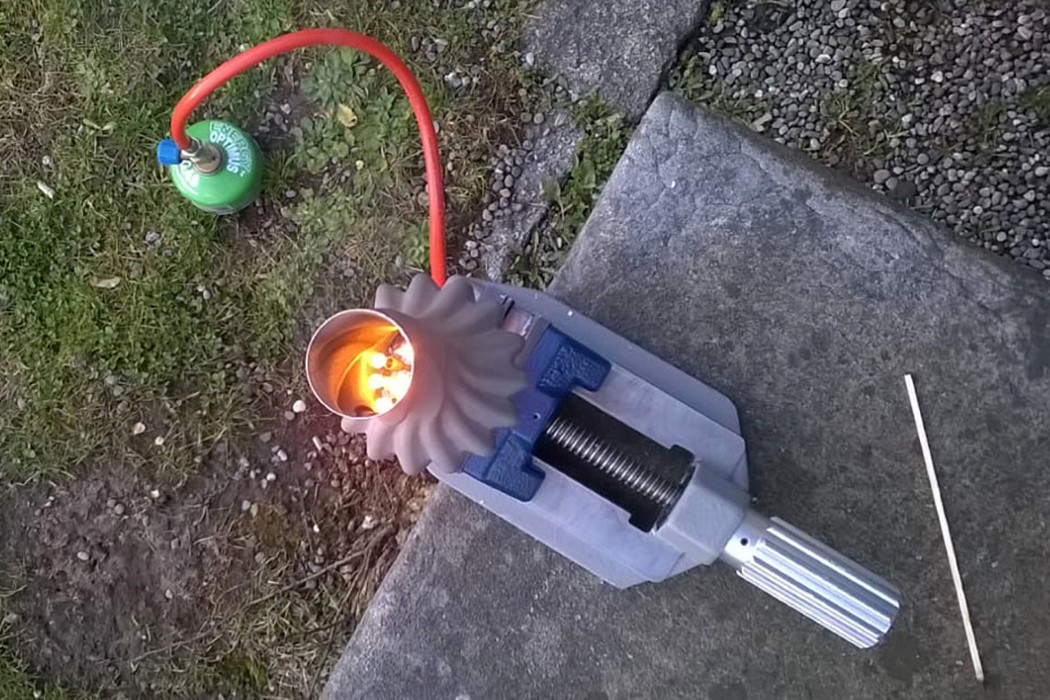

Watch The Omnicopter Drone Play a Game of Catch
Fathers and sons do it, people do it in the park with their dogs, and Baseball players do it professionally, so why not let the robots get in on a fun game of catch? They want in on this human pastime too. And guess what? They are doing it. The Omnicopter drone is pretty good at it. It won’t be long before robots everywhere are tossing the ball to one another and forming their own Baseball teams.

It’s happening thanks to Swiss mechanical engineer Dario Brescianini and ETH Zurich professor Raffaello D’Andrea, who worked together to create this unique aerial vehicle. This drone is a super agile omni-directional drone that can fly in any direction, at any time, meaning it can change flight vectors much faster and more reliably than traditional quadcopters. That tech is the key to its success at this game. The drone is able to play a game of catch by adding a “computationally efficient trajectory generator.” So basically, it’s able to watch where the ball is being thrown, rapidly calculate its flight path, and make its way to where the ball will be in time to catch it.
The Omnicopter never fails to catch the ball, and never drops it. It is the perfect outfielder since it knows where the ball will be ahead of time. Sure, it’s impressive, but talk to me when it can swing a bat and hit a home run. We will probably see that next week.
[via Laughing Squid]
Six machines that build a better world
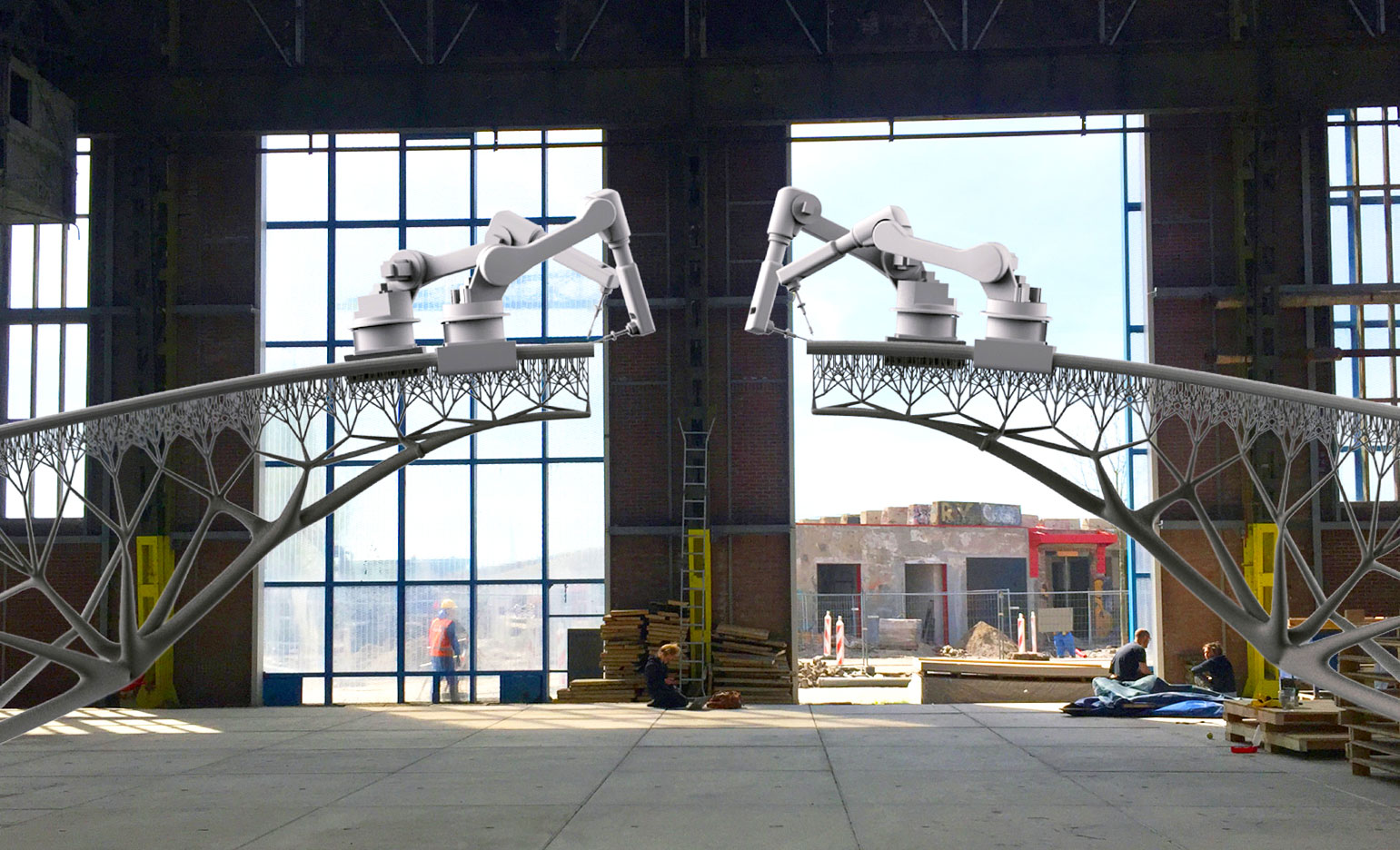 By Cat DiStasio
When it comes to construction, technology can go a long way toward making building projects faster, more economical and safer. Robots that can alleviate back-breaking manual labor and cut down on injuries are a welcome addition to wo...
By Cat DiStasio
When it comes to construction, technology can go a long way toward making building projects faster, more economical and safer. Robots that can alleviate back-breaking manual labor and cut down on injuries are a welcome addition to wo...
Swiss Students Create a Stair-Climbing Wheelchair

Stairs and wheelchairs don’t go well together, and since many architects forget to add ramps to the buildings they design, 10 students from Swiss Federal Institute of Technology (ETH Zurich) and the Zurich University of the Arts are looking to circumvent the problem.
The Scalevo Wheelchair, as the 10 students named their creation, doesn’t look much different from a typical (albeit very modern) wheelchair. On flat ground, it employs two Segway-like wheels, but magic starts happening when users needing to climb stairs push a button that summons two rubber tracks. The concept is not revolutionary, as it has been seen before even in stair-climbing robots. However, it’s great to see a fresh take on it.
“We have two main wheels, two large wheels to drive around on the flat ground in a balancing mode like a Segway. And then we have two rubber tracks which we can extend to the angle of the stairs and let the wheelchair be always upright on every angle on the stairs,” pointed out Carlos Gomes, of ETH Zurich.
“Tracks are excellent for this use case because they have a very large footprint, which makes it near impossible to tilt, and they are also very smooth so it doesn’t feel like you’re driving up stairs, so it just feels like you’re driving up a ramp because they’re so flat and they adapt to the stair profile. So it doesn’t matter if the stair is wooden or metal or glass, the tracks they grip and there’s no danger of slipping,” added Miro Voellmy.
“The great thing is that everything on this wheelchair is automated. […] If I want to climb the stairs I can just drive up to them, turn around, press one button and all I have to do is control the velocity I want to drive at. The alignment on the stairs, the leveling of the wheelchair driver, is automated and he can control it, he can view the back with a back facing camera, and have a full, safe, driving experience. […] It was built very compact, so it’s not much wider than a classic manual wheelchair and it can still go under tables, you can go through narrow doors and use it indoors without any hassle, so it’s extremely compact in comparison to different wheelchairs and it’s very easy to use.”
Gomes explained that the wheelchair has been tested thoroughly: “We tested the wheelchair on several staircases, even on a spiral staircase, because we can move the tracks independently and all kinds of staircases we are able to drive (on) like from 34 to 17, I think, degrees. And this is almost every stair. You can drive everywhere.”
There still are some skeptics out there who claim that Scalevo will fail because of the same reason Segway’s version from 15 years ago did: it’s too heavy to be loaded in a car.
Scalevo will also be seen at the 2016 Cybathlon, a championship organized by ETH Zurich for disabled pilots that could approach life differently using advanced assistive devices.
Be social! Follow Walyou on Facebook and Twitter, and read more related stories about Swiss Post’s plans to implement drone deliveries, or the drone-built rope bridge that humans can walk on.
[via VentureBeat]
Drones Built Rope Bridge for Humans to Walk On

Researchers at ETH Zürich’s Institute for Dynamic Systems and Control have successfully programmed three flying drones to build a rope bridge that can withstand the weight of a human adult.
Probably the most impressive aspect of this feat is the fact that the drones are flying autonomously, without the need for any assistance from the humans. While this is seen like a great advancement in the field of robotic aerial construction, I consider that it has a greater importance for rescue missions.
Of course, in the experiment run by the ETHZ researchers, the flying machines used the metal scaffolding at the ends of the bridge as a starting point. Other than that, the bridge is entirely made out of Dyneema rope, a tensile material proper for aerial construction, due to its low weight-to-strength ratio.
Just to put things into perspective, a 4mm diameter Dyneema rope weighs only 7 grams per meter, and can hold up to 1300 kg. Developed and showcased at the Flying Machine Arena in Zurich, the rope bridge was built using various knots, links and braids that would make even a sailor proud.
The only interaction between the drones and their programmers takes place in the beginning, when the latter introduce the location and the dimensions of the scaffolding into the system. Once they know this data, the quadrocopters autonomously weave the bridge and measure its tension using a motorized spool.
The researchers didn’t look for Guinea pigs after the drones finished weaving the bridge. In fact, they decided to test it on their own, but since they knew that the rope can support things much heaving than their bodies, I doubt they were scared at all. After all, the bridge was built at a safe height, not between two mountains. I’d like to think that if it ever comes to that, the flying drones would be capable of building a rope bridge in those conditions, as well. Obviously, such drones would be more adequate for rescuing teams, rather than for individual hikers who want to show off their latest toys.
Check out the following video to get a better idea of how the flying drones are building the rope bridge on their own.
Be social! Follow Walyou on Facebook and Twitter, and read more related stories about the biological drones that could explore the surface of Mars, or the GoPro drones that might take to the skies soon.
Via: RoboHub